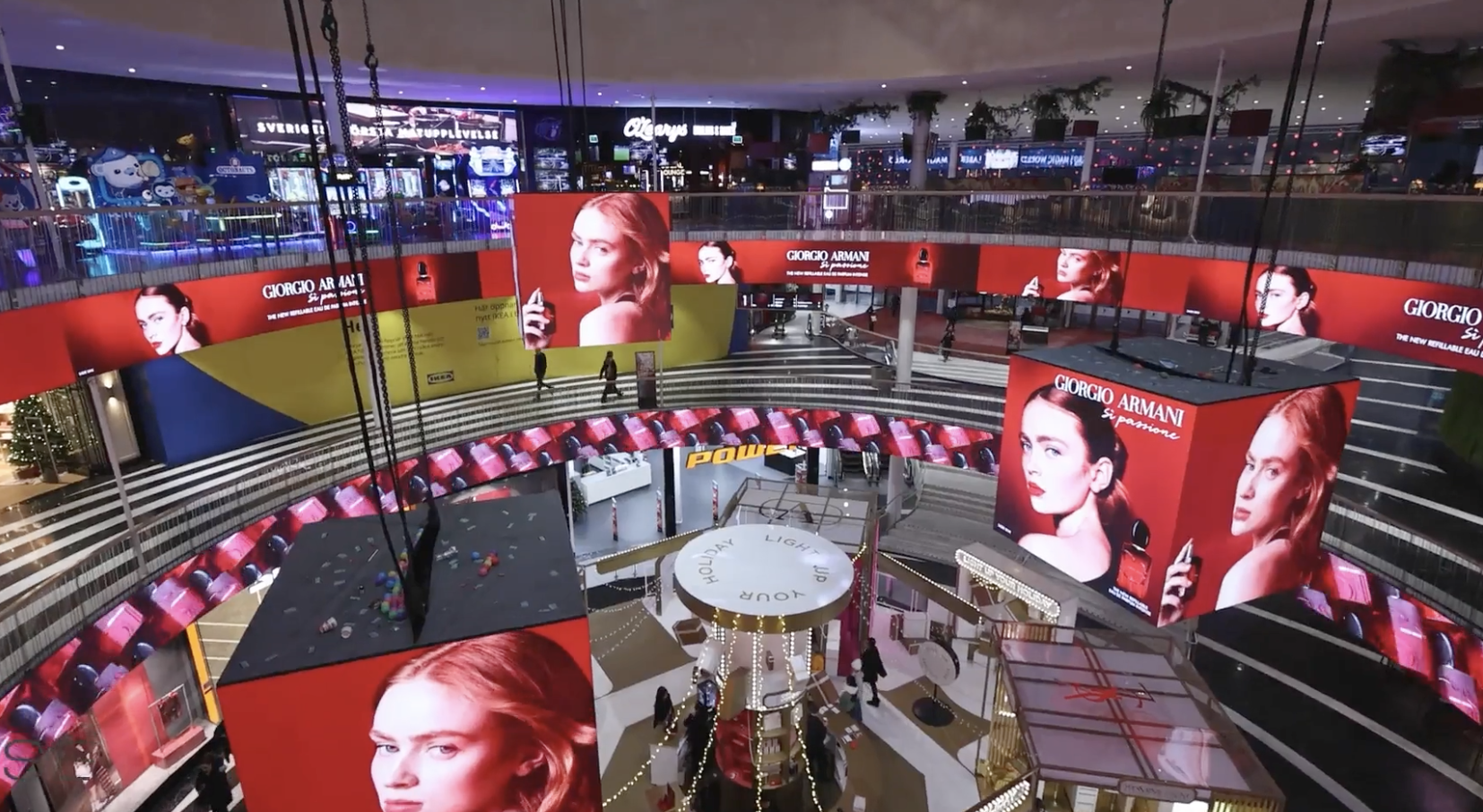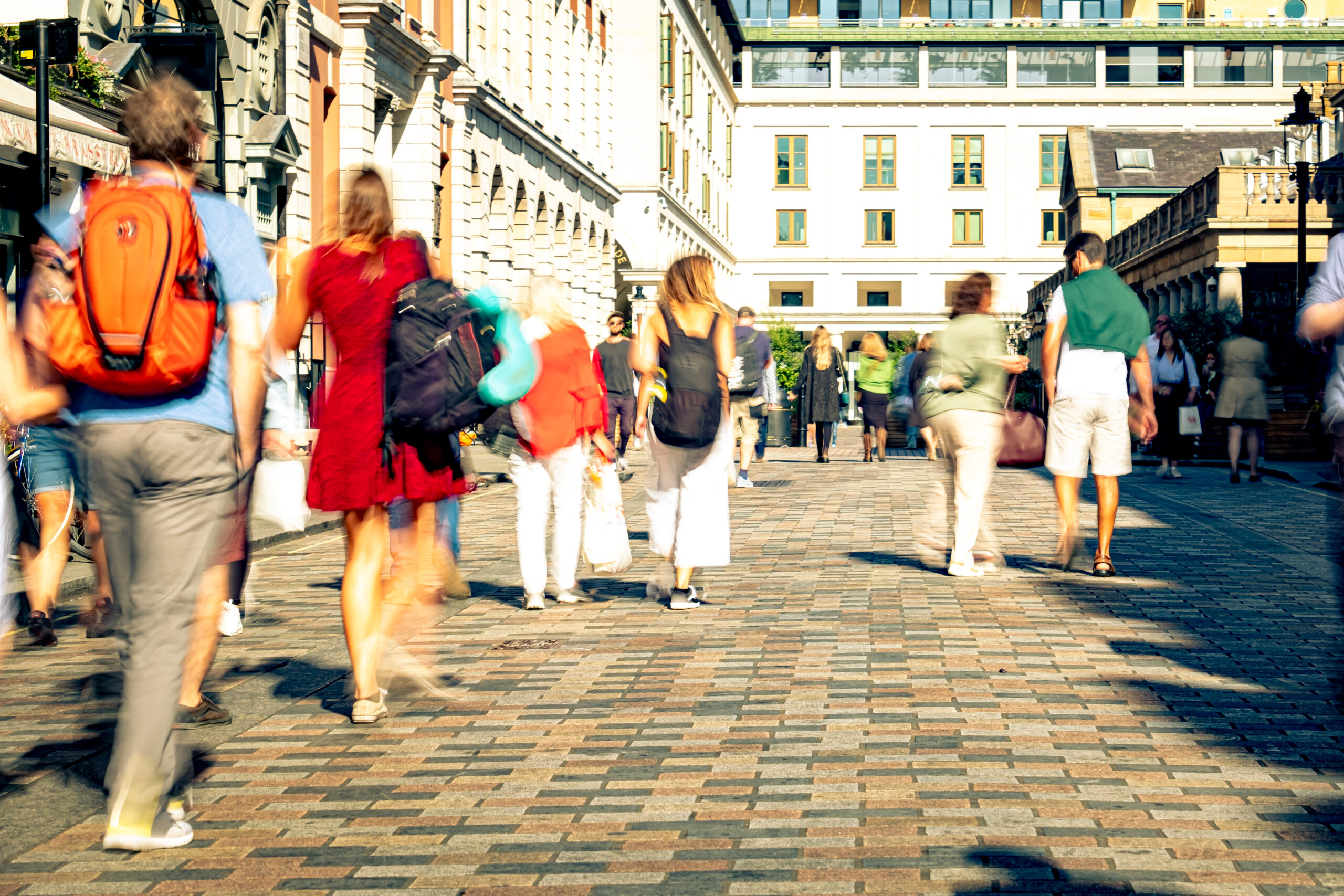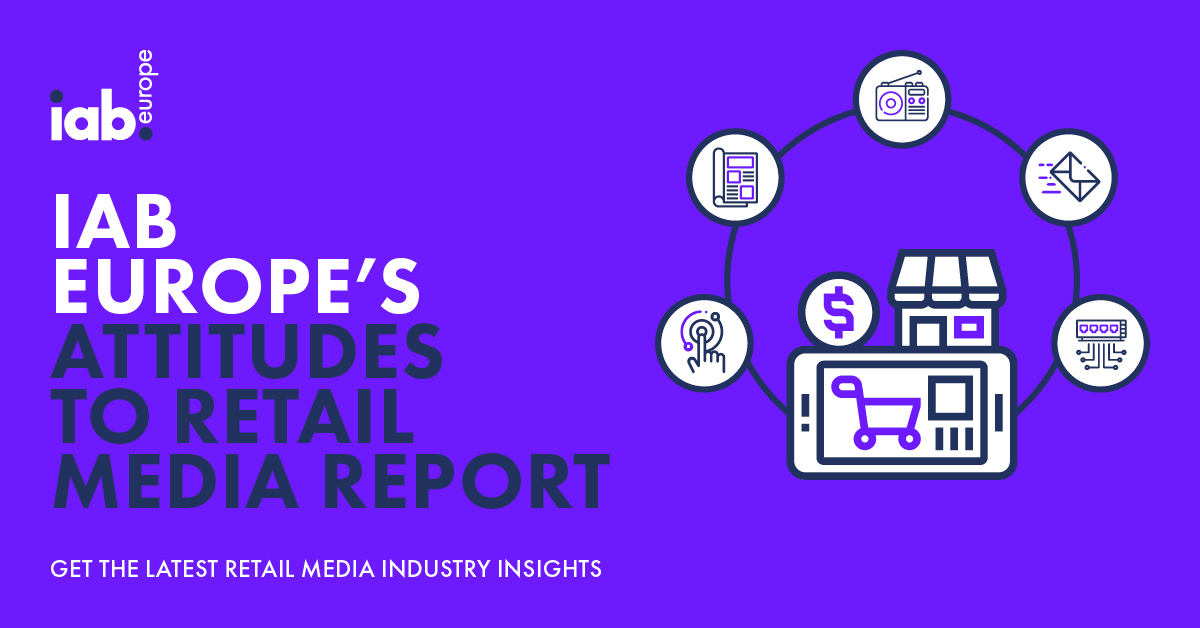Click and collect is more than just a convenient way for your customers to pick up their parcels. As a service offering that drives increased spend, customer loyalty and creates positive brand association, what should retailers keep in mind when marketing and running this fulfilment option?
The Internet Retailing 2017 Dimension Report showed that over half of the Top 500 retailers offer an in-store click and collect solution. Local and in-store collection services only continue to increase in popularity; this year retailers saw a 65% percent increase in usage of the click and collect over Cyber Monday, and a 73% percent increase over Black Friday.
Today, delivery is not just a matter of fulfillment, but a factor that influences whether a customer chooses to buy from you or not.
With this in mind, how can retailers ensure they’re getting click and collect right for their customers, and in turn, for their business? Whilst offering in-store collection options has the potential to make customers happy, if not executed properly they can also lead to frustration and negatively impact your customer’s perception of your brand.
In our experience of implementing both in-store and local click and collect solutions, there’s a lot more to getting it right than simply allowing customers to pick up their orders in-store. Below, we’ve outlined the key things you need to understand about your customers in order to ensure you’re delivering a great click and collect solution.
1. Delivery is part of your brand
It might feel incongruous to consider your delivery offering in the same breath as your brand. Surely delivery is about ensuring products are able to reach the customer, not about your brand values or personality? However, if you consider how a bad delivery experience might impact a customer’s impression of your brand and their decision to shop with you again, it suddenly becomes clear why delivery is so important. What matters to your customers should be reflected in how they able to receive their goods; ASOS’s unlimited next day delivery and Net-A-Porter’s suited deliverymen are as much part of their respective brands as their language and tone of voice.
It can also be a way to win new customers over, for time-sensitive purchases customers are likely to choose a similar product for a retailer that offers them better delivery options.
2. Don’t divide customer journeys
To bang an old drum – customers aren’t thinking about their ‘omnichannel journeys’ when they shop, they simply shop using the range of options now available to them. A customer may choose to collect a favourite product in-store to ensure it’s not sold out when they get there, but also wish to browse the wider collection for inspiration in person. Retailers need to consider how they can best accommodate a customer’s disparate needs. Shoppers won’t see your online store as separate from your physical store, so if they’re unable to exchange sizes or return items at their preferred location, it’s likely to lead to frustrations. Small tweaks, such as having your click and collect desk setup next your changing rooms to make try on easy, or having software that enables the speedy login and logout of parcels can make a big difference in terms of how customers rate their shopping experience.
3. Prioritise the essentials
Click and collect is a relatively simple solution: customers don’t want to miss their parcels when they’re out during the day, so they send it somewhere that will hold it for you until you are ready to collect. It’s a simple premise, but one that delivers – no pun intended.
It can be easy to get distracted with headline-grabbing innovations such as chatbots, augmented reality mirrors and automated assistants when planning for your tech investment. And whilst, of course, Artificial Intelligence can be used in a number of ways to genuinely improve customer experience, for example by predicting what collection pieces a customer is most likely to purchase or providing personalised sizing, sometimes it’s the simple solutions, executed well, that can have the greatest commercial impact. And when one in every four customers picking up an order in store goes on to make an additional purchases, to an average spend of £26, click and collect certainly has the power to make that impact.
4. Understand the psychology behind why people choose click and collect
There’s a reason why click and collect remains one of the most popular delivery options in the UK since its introduction almost twenty years ago, and that’s because it fulfills two of customers most important requirements when shopping online – namely control and price.
As Andy Morrey, former head of ecommerce at M&S and Argos has reflected, “No one has yet found a competing solution that makes the customer feel in control of the otherwise treacherous last mile.”
By better understanding the imperatives that motivate a customer to choose click and collect when they checkout, retailers can ensure they adjust their messaging to appeal to those reasons – whether that’s by offering free collection from store, regular tracking updates and providing clarity as to what will happen to uncollected parcels. Likely, many of the 75% of shoppers who used click and collect in the past year did so in order to eliminate uncertainty, so retailers must do what they can to fulfil on this promise.
5. Build with your future customers in mind
Despite the doom and gloom headlines we’ve seen this year ‘retail’ isn’t dying. What’s changing are the channels used to shop – as reflected in the increased number of purchases that were made online vs. in-store this Black Friday. People are buying as much as they ever were, just not always on the high street.
Notably though, younger generations still want to visit stores, if not always for the same reasons their parents did. The rise of digitally first retailers, from Casper to Missguided opening physical stores clearly demonstrates there’s a place for physical store experience, even if shoppers are no longer choosing the high street as their default destination.
Despite being the first ‘digitally native’ generation, Gen-Z have demonstrated that they often prefer the experience of shopping in-store to online. This is a generation that spends more time in the malls than any other, as the graph below indicates. Whilst it’s still early to tell how their purchasing behaviour will evolve over time, click and collect will likely pay a key role in satisfying their expectations.






